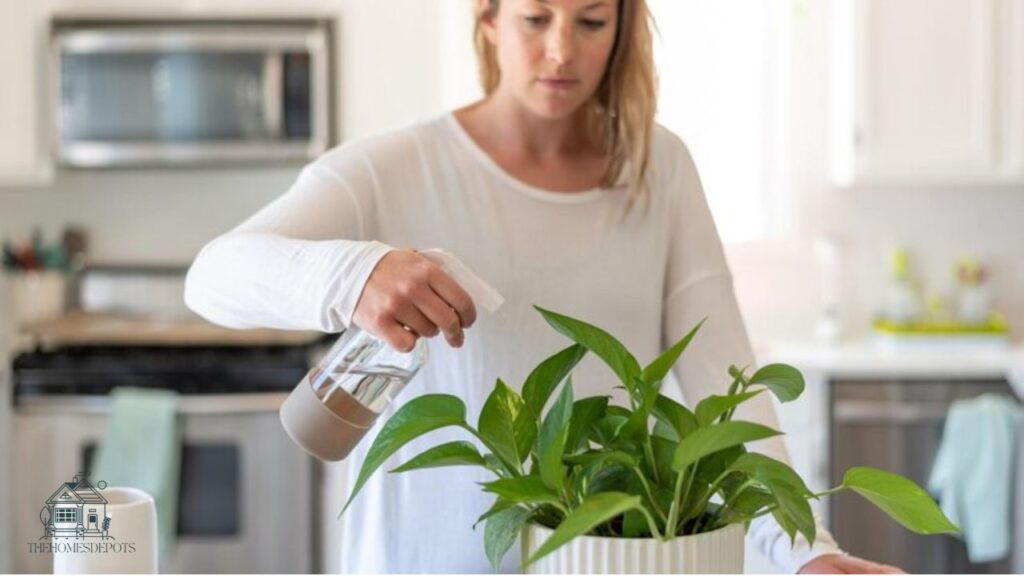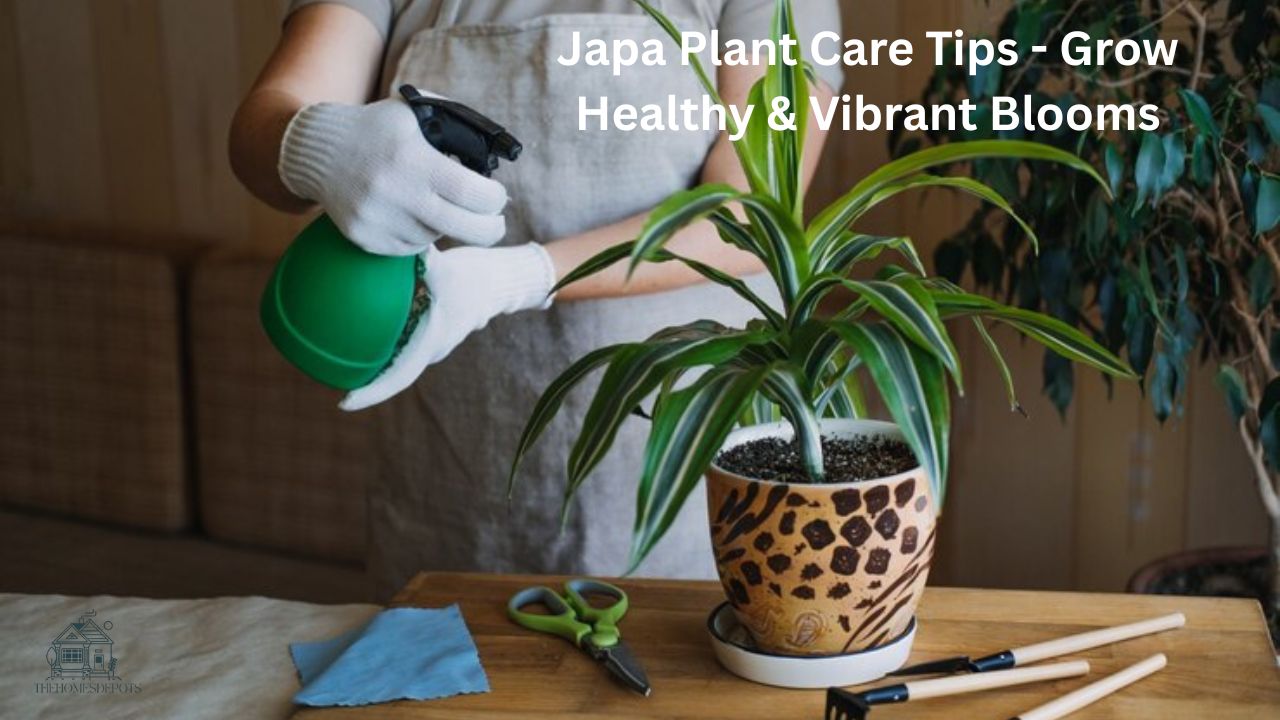The Japa plant, commonly known as the hibiscus in some regions, is a tropical marvel known for its ability to yield vibrant, show-stopping blooms. Whether you’re looking to add a pop of color to your garden or grow it for its traditional medicinal uses, the Japa plant is an easy-to-maintain greenery that thrives with a little care and attention. If you’re wondering how to grow one successfully, you’ve come to the right place.
This guide will walk you through everything you need to know about the Japa plant, from planting tips to nurturing healthy growth and troubleshooting common problems. By the end, you’ll have all the confidence you need to create a flourishing garden centerpiece like a pro!
Summary of Japa Plant Features
For a quick overview, here’s a table summarizing key information about the Japa plant:
| Aspect | Details |
|---|---|
| Scientific Name | Hibiscus rosa-sinensis |
| Common Names | Japa plant, Hibiscus, Shoeblackplant |
| Family | Malvaceae |
| Native Region | Asia (specifically tropical regions) |
| Ideal Growing Zones | USDA Hardiness Zones 9–12 |
| Sunlight Needs | Full sun |
| Watering Requirements | Consistent, moderate watering |
| Flower Colors | Red, pink, yellow, white |
| Blooming Season | Throughout the year (in warm climates) |
| Popular Uses | Ornamental purposes, teas, traditional medicine |
Why Choose the Japa Plant for Your Garden?

The Japa plant is not just another ornamental addition to your garden. Its beauty offers much more than aesthetic value. Here’s why many gardeners and enthusiasts prioritize growing this plant:
Ornamental Appeal
With its large, trumpet-shaped flowers, the Japa plant creates a vibrant focal point in any outdoor space. Its blossoms are often observed attracting birds like hummingbirds, making it ideal for nature enthusiasts.
Health Benefits
Did you know that the Japa plant’s flowers are widely used in teas known to reduce blood pressure and improve skin health? Its therapeutic properties make it a favorite choice in natural medicine.
Year-Round Blooms
Unlike many plants that bloom seasonally, the Japa plant continues to surprise you with blossoms nearly all year long, as long as it’s grown in optimal conditions.
Resilience
For beginners, the Japa plant is forgiving. Even if you skip watering here and there, it’s resilient enough to recover with minimal effort.
Essential Japa Plant Care Tips

Ensuring a healthy Japa plant requires a few basic steps. Here’s how to set the groundwork:
Choosing the Right Location
The Japa plant thrives in areas with full sun exposure. Place it where it gets at least six hours of sunlight daily. Morning sun is optimal, as it prevents the blooms from wilting in intense midday heat.
Tips for Indoor Growth
If you’re growing the Japa plant indoors, ensure it’s near a south-facing window. Rotate the pot weekly to ensure its leaves receive uniform sunlight.
Soil Preparation for Healthy Growth
This plant thrives best in loamy, well-draining soil with a slightly acidic pH (between 6.5 and 6.9). Adding organic compost or leaf mulch ensures the soil remains nutrient-rich.
Quick Soil Mix Recipe for Pots
- 50% garden soil
- 20% organic compost
- 20% sand
- 10% perlite (for aeration)
Proper Watering Techniques
While the Japa plant loves moisture, overwatering can lead to root rot. Always water consistently, allowing the soil to dry out slightly between waterings.
Seasonal Watering Adjustments
- Summer: Water 2–3 times per week.
- Winter: Cut back to once a week if growth slows.
Pro Tip: Early-morning watering prevents fungal diseases and allows the plant to absorb moisture efficiently.
Troubleshooting Common Japa Plant Issues
Even the healthiest plants face occasional challenges. Here’s a look at common problems and their solutions:
| Problem | Cause | Solution |
|---|---|---|
| Yellowing Leaves | Overwatering/poor drainage | Check drainage; reduce watering |
| No Blooms | Insufficient sunlight | Move to a sunnier location |
| Pest Infestations (e.g., aphids) | Lack of monitoring | Use neem oil spray or mild detergent |
| Leaf Curling | Underwatering or nutrient deficiency | Water consistently and amend soil |
User Reviews of the Japa Plant
Here are some real-life experiences shared by Japa plant enthusiasts:
- “I’ve had a Japa plant in my garden for five years. Its vibrant red flowers bloom continuously, and it always attracts butterflies. A low-maintenance gem!” – Rachel T., Florida
- “I planted several Japa plants around my patio for privacy. Not only did they grow quickly, but they’re also easy to prune and shape.” – Tom H., Texas
- “The flowers of my Japa plant make amazing teas! They’re fragrant and feel like a spa in a cup.” – Anika G., California
On average, users give the Japa plant a 4.8-star rating for its versatility, beauty, and easy care.
FAQs About the Japa Plant
Q1. Can the Japa plant grow in cold climates?
No, the Japa plant prefers tropical and subtropical climates. However, it can be grown in pots and brought indoors during frost.
Q2. How often should I fertilize the Japa plant?
Fertilize monthly using a balanced fertilizer like NPK (10-10-10). Organic options like fish emulsion work well too.
Q3. Can I prune my Japa plant?
Yes! Pruning during the growing season (spring or early summer) helps it maintain a bushy shape. Remove any dead or crossing branches for good airflow.
Q4. Are Japa plant flowers edible?
Absolutely. The flowers are safe to consume and are often used to make herbal teas.
Q5. Why is my Japa plant losing leaves?
Leaf loss can occur due to stress, such as transplant shock, overwatering, or pest infestations. Ensure proper care and monitor closely.
Final Thoughts on Growing Healthy Japa Plants
With its stunning appeal and resilience, the Japa plant is a joy to cultivate. While it thrives in optimal conditions, it doesn’t demand perfection, making it a great choice for both beginners and seasoned gardeners.
Whether you’re growing it for its therapeutic benefits, wildlife attraction, or vibrant aesthetic, the Japa plant promises to be a worthy addition. Take the plunge, plant some Japa, and transform your botanical dreams into a blooming success!
